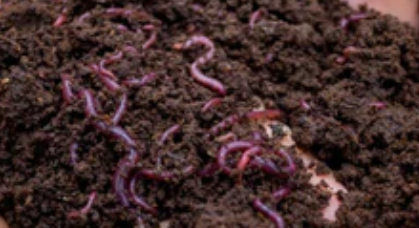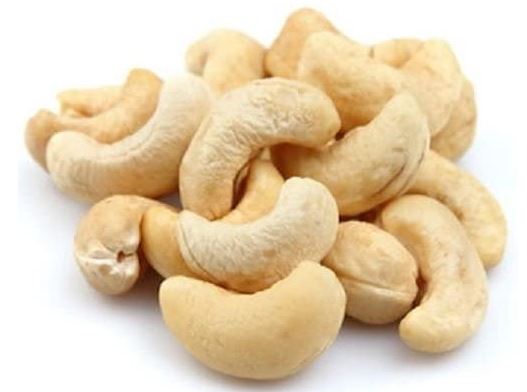
Summer in the UK is a time of outdoor activities, socializing with family and friends, and enjoying the warm weather. And what better way to celebrate the season than by hosting a barbecue in your backyard or garden? While gas grills are convenient, nothing beats the traditional charcoal barbecue when it comes to flavour and ambience.
In this article, we will explore the benefits of using a charcoal barbecue in the summer in the UK.
- Superior Flavor
Charcoal barbecues are known for producing a distinct, smoky flavour that cannot be replicated by gas grills. The charcoal gives off a unique aroma and flavour that permeates the meat or vegetables, adding a depth of flavour that cannot be matched.
Furthermore, the high heat of the charcoal sears the meat, creating a crisp outer layer while keeping the inside moist and tender. This caramelization creates a savoury taste that is hard to beat.
- Cost-Effective
One of the most significant benefits of using a charcoal barbecue is that it is cost-effective. Charcoal is relatively inexpensive and readily available in most supermarkets and hardware stores.
Additionally, charcoal barbecues do not require any expensive installation or maintenance, making them a budget-friendly option for anyone looking to host a summer barbecue.
- Portable
Charcoal barbecues are also portable, making them perfect for outdoor activities such as camping, picnics, and beach parties. They are easy to transport and set up, allowing you to enjoy a delicious barbecue wherever you go.
- Socializing
Charcoal barbecues create an ambience that promotes socializing and relaxation. The process of lighting the charcoal and waiting for it to reach the perfect temperature provides an opportunity to gather with friends and family, have a drink, and catch up on each other’s lives.
Once the charcoal is ready, everyone can get involved in the cooking process, making it a fun and collaborative activity. The tantalizing aroma of the sizzling meat and vegetables will draw everyone in, making for a memorable experience.
- Versatility
Charcoal barbecues are also incredibly versatile, allowing you to cook a wide range of foods. From steaks and burgers to vegetables and even pizzas, charcoal barbecues can handle it all.
The high heat of the charcoal allows for quick cooking times, so you can prepare a large amount of food in a short amount of time. This makes it a convenient option for hosting large groups or parties.
- Health Benefits
Charcoal barbecues also have some health benefits. The high heat of the charcoal grill helps to reduce the amount of fat in meat by melting it away. This results in healthier, leaner meat that is still full of flavour.
Furthermore, cooking vegetables on a charcoal grill helps to retain their nutrients, making them a healthier option than boiling or steaming.
In conclusion, there are numerous benefits to using a charcoal barbecue in the summer in the UK. From superior flavour and cost-effectiveness to portability and versatility, a charcoal barbecue is a great option for hosting a summer barbecue. So why not dust off your old charcoal grill, or invest in a new one, and invite your friends and family over for a delicious outdoor feast?


Barbecues have been a summer tradition for many years, bringing families and friends together for an outdoor feast. With advancements in technology, we now have two main options to choose from: charcoal and electric barbecues. In this article, we will explore the pros and cons of both options to help you decide which one is right for you.
Charcoal Barbecue
Pros:
- Superior Flavor
One of the most significant advantages of using a charcoal barbecue is the superior flavor it provides. The smoke from the charcoal infuses the meat, giving it a distinct smoky flavor that cannot be replicated with an electric grill.
- Cost-Effective
Charcoal barbecues are typically less expensive than electric grills, making them a budget-friendly option for those who love to grill. Additionally, charcoal is readily available and relatively inexpensive.
- Versatile
Charcoal grills are versatile and can be used to cook a wide range of foods. From burgers and steaks to vegetables and even pizza, a charcoal grill can handle it all.
Cons:
- Longer Preparation Time
Charcoal barbecues require more time and effort to prepare. The charcoal needs to be lit and allowed to heat up, which can take up to 30 minutes. Additionally, the temperature needs to be monitored regularly to ensure that it remains consistent.
- Messy
Charcoal grilling can be messy, with ash and charcoal debris to clean up after cooking. The cleaning process can be time-consuming, which may not be ideal for those who want a quick and easy grilling experience.
Electric Barbecue
Pros:
- Quick and Convenient
Electric barbecues are quick and easy to use. They require little preparation time and can be plugged in and turned on at the push of a button.
- Easy to Clean
Electric grills are easy to clean, with no charcoal or ash to worry about. They typically have removable drip trays that can be cleaned in a dishwasher, making the cleaning process quick and easy.
- Safe
Electric grills are safe to use, with no open flame or combustion. They can be used indoors or outdoors, making them ideal for those who want to grill without the risk of starting a fire.
Cons:
- Lack of Flavor
Electric grills lack the smoky flavor that charcoal grills provide. The food cooked on an electric grill tends to have a more uniform taste and lacks the depth of flavor that charcoal grilling provides.
- Expensive
Electric grills are typically more expensive than charcoal grills. They require electricity to run, which can increase the cost of using them over time.
- Limited Temperature Control
Electric grills have limited temperature control, making it difficult to achieve the high temperatures necessary for searing meats and achieving a crispy outer layer.
Conclusion:
Both charcoal and electric barbecues have their pros and cons, and the choice ultimately comes down to personal preference. Charcoal barbecues provide a superior flavor, are cost-effective and versatile, but require more preparation time and can be messy. Electric barbecues, on the other hand, are quick and convenient, easy to clean, and safe to use, but lack the depth of flavor that charcoal grilling provides and can be expensive.
Ultimately, your decision should be based on your preferences, budget, and grilling needs. Regardless of which option you choose, a summer barbecue is a great way to enjoy the outdoors, spend time with loved ones, and enjoy delicious food.
Like this:
Like Loading...










